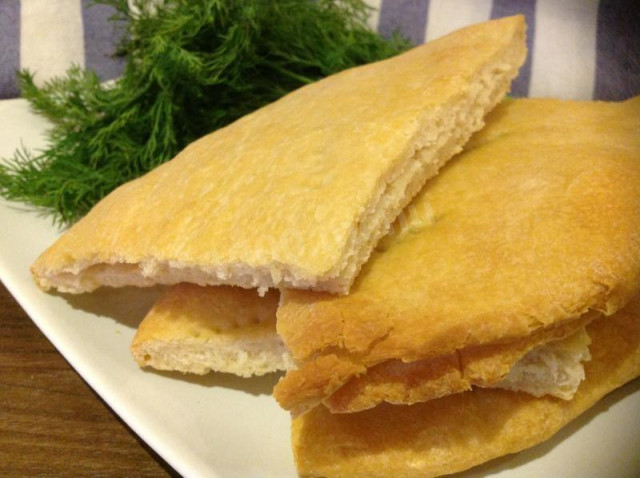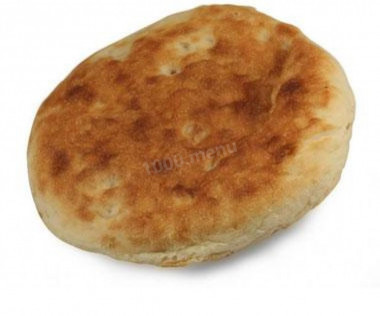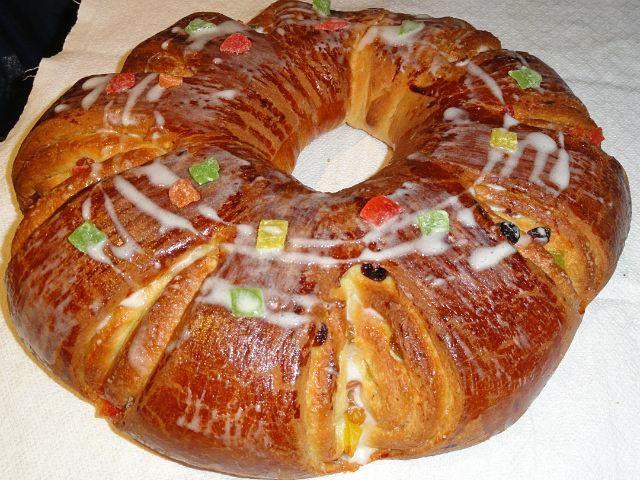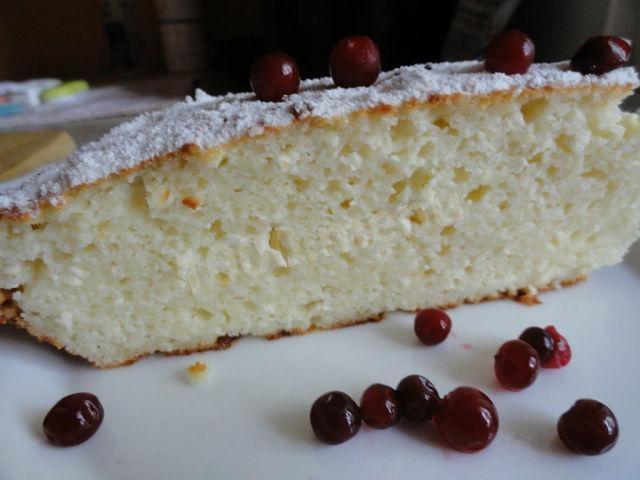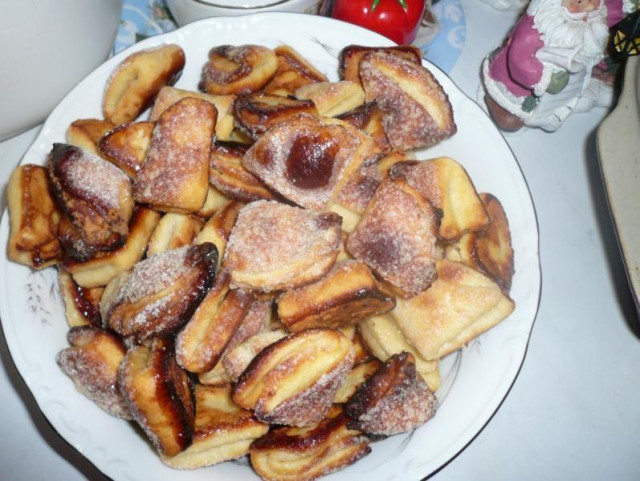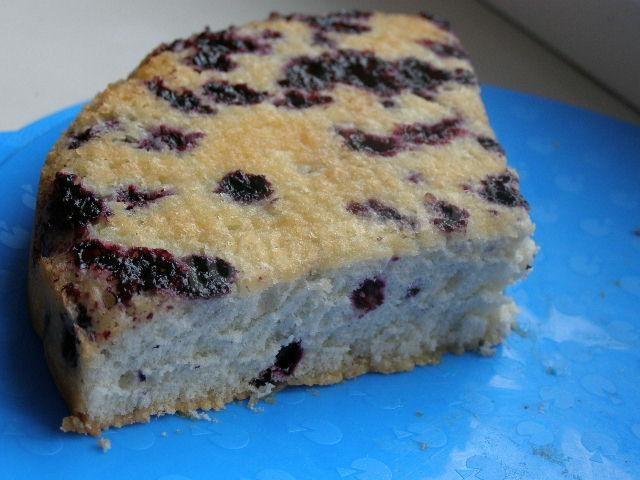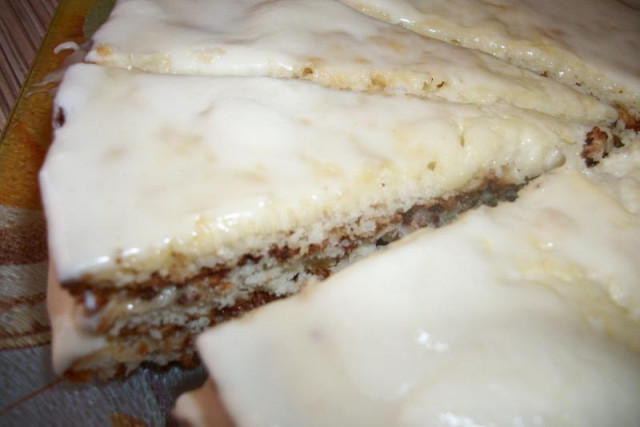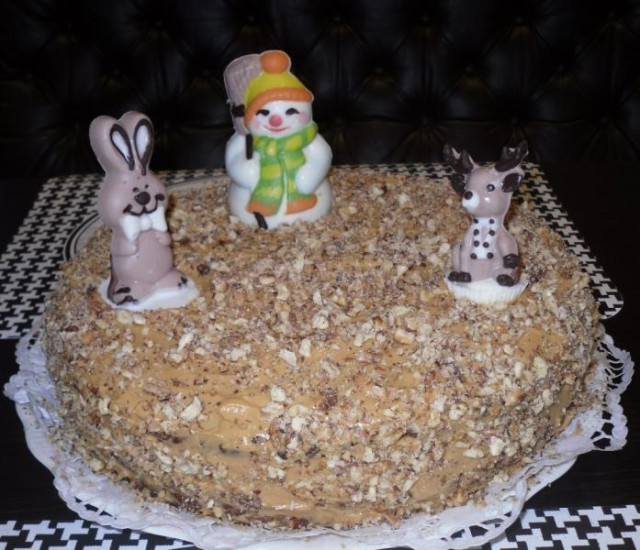Composition / ingredients
Step-by-step cooking
Step 1:
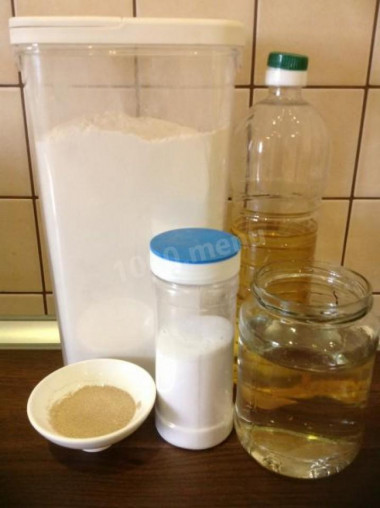
How to make Georgian lavash? Prepare the products. Take white flour, of the highest grade. Vegetable oil - any refined: sunflower, corn, and so on. The water is warm, we will dissolve yeast in it.
Step 2:
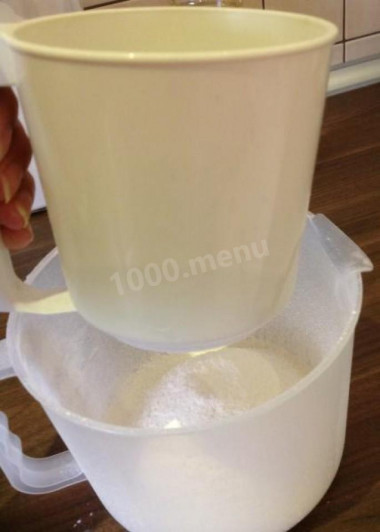
Sift wheat flour into a deep bowl with a slide through a fine sieve to saturate it with oxygen. Add salt. I recommend using only part of the flour, and adding the rest as the dough is kneaded.
Step 3:
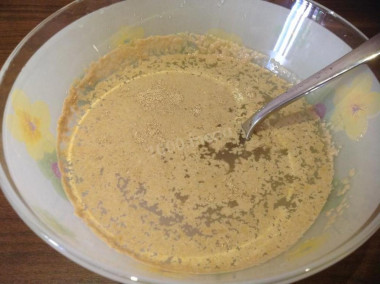
Dilute dry, fast-acting yeast in warm water. If you have other yeast, read below in the info block how best to work with them. This is an important point, so pay attention to it!
Step 4:
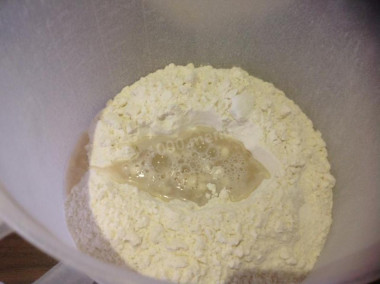
Make a recess in the flour sifted with a slide. Pour the yeast diluted in water into it.
Step 5:
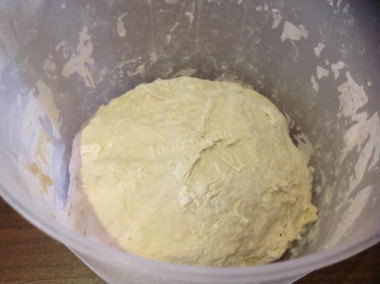
Start kneading the dough with a spoon, gradually adding the remaining flour. Be guided by the density of the dough, not the volume of flour. Then start kneading with your hands until the dough stops sticking to your hands.
Step 6:
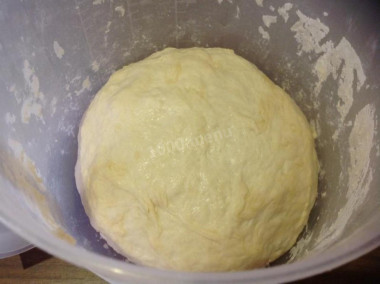
Form a bun from the dough and lubricate it with vegetable oil.
Step 7:
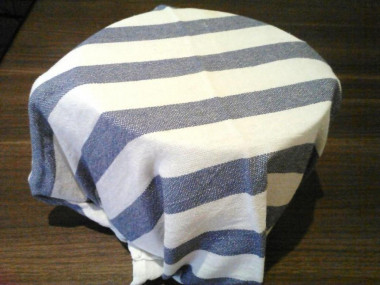
Cover the dishes with the dough with a towel and remove it to fit in a warm place without drafts. It will take at least an hour to lift the dough, a maximum of several hours - it all depends on the yeast. When the dough rises, knead it.
Step 8:
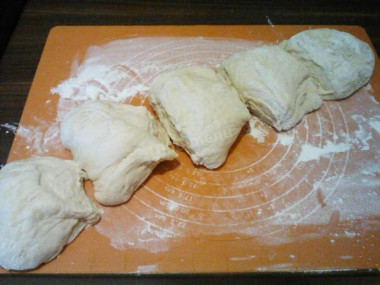
Preheat the oven to 180 degrees. Divide the dough into 5 equal parts.
Step 9:
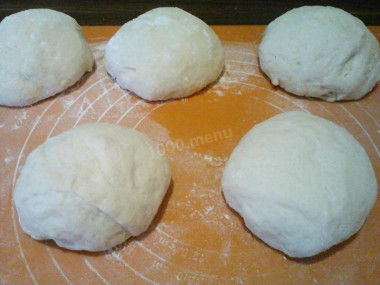
Roll each of the five pieces into an even ball.
Step 10:
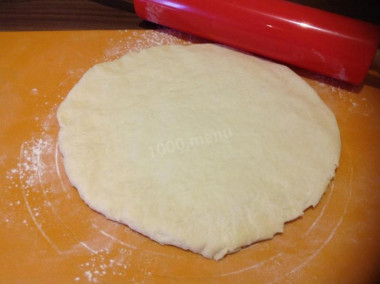
Roll out each of the balls into a round cake.
Step 11:
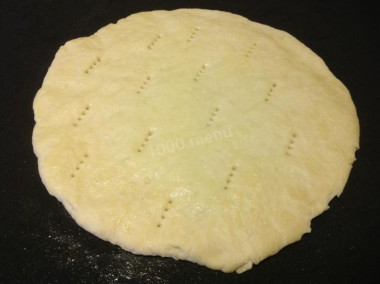
Transfer the tortilla to a prepared baking sheet with a non-stick coating. You can use parchment, silicone mat. Prick the tortilla over the entire surface with a fork.
Step 12:
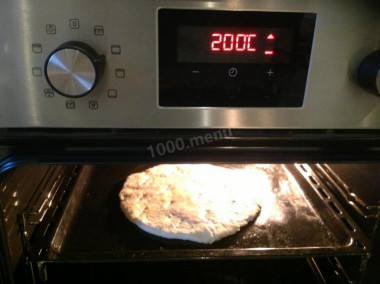
Put a baking sheet with pita bread in a preheated oven. And bake until ready, focusing on your oven (by time).
Step 13:
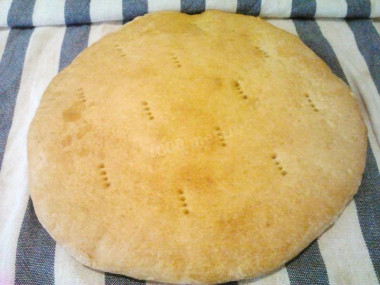
Remove the finished lavash from the baking sheet, cover with a towel until it cools completely.
Unfortunately, you can't cook Georgian lavash at home. This requires a special oven. But you can try, it will still turn out delicious!
Keep in mind that everyone's ovens are different. The temperature and cooking time may differ from those specified in the recipe. To make any baked dish successful, use useful information about the features of ovens !
Be prepared for the fact that flour may need more or less than indicated in the recipe. Focus not on the amount of flour, but on the desired consistency of the dough. To avoid mistakes, read about flour and its properties!
The liquid in which yeast is bred should be pleasant to the touch, no higher than 40 degrees. Why is this important? In a warm environment, yeast is well activated, in a hot one it will die, and in a cold one it simply will not work. To avoid unpleasant surprises, check the yeast before mixing with the rest of the ingredients. Pour a little warm milk into a bowl, stir in the yeast. Cover the bowl with a kitchen towel and put it in a warm place without drafts for 10-15 minutes. During this time, a foam yeast cap should appear on the surface of the sponge. If this did not happen, then the fermentation process has not started (the yeast is overdue or spoiled). In this case, it is worth taking other yeast, otherwise baking will not work.
Caloric content of the products possible in the composition of the dish
- Pressed yeast - 109 kcal/100g
- Whole durum wheat flour fortified - 333 kcal/100g
- Whole durum wheat flour, universal - 364 kcal/100g
- Flour krupchatka - 348 kcal/100g
- Flour - 325 kcal/100g
- Vegetable oil - 873 kcal/100g
- Salt - 0 kcal/100g
- Water - 0 kcal/100g

